10+ Years Experience
Specialist Horse Menages

Navigating the world of equestrian footing can be as complex as understanding the intricate dance of dressage. It’s more than just sand; it’s a vital part of your horse’s performance and welfare.
In this guide, we delve deep into arena sand and discuss the types, uses and maintenance strategies.
Join us as Horse Menage Construction company takes you through every granule of knowledge about arena sand for horses.
When it comes to selecting the right arena sand for horses, it’s important to consider the specific needs of your equestrian discipline. Different types of sand offer varying levels of support and traction, making them suitable for different types of arenas.
Let’s dive into the exploration of three popular types of arena sand: masonry sand, river sand, and manufactured sand.
Masonry sand is finely graded and uniform in texture, making it an ideal choice for dressage arenas.
The fine particles provide excellent support for the horse’s movements during precise dressage exercises. The uniformity allows for consistent footing across the entire arena, ensuring a smooth surface that promotes balance and stability.
Dressage riders value the even feel and reliable footing that masonry sand provides, allowing their horses to perform with precision and grace.
River sand has a more coarse texture and durability that makes it well-suited for racing gallops.
The larger particles in river sand provide increased traction for horses in high-speed activities such as racing or show jumping.
This type of sand resists compaction better than finer sands, ensuring a more resilient arena surface that can withstand heavy use.
Riders who require speed and agility rely on river sand to provide the necessary grip and stability for their horses’ athletic performance.
Manufactured sand offers a unique advantage in that it can be customised to meet specific requirements.
This affordable alternative allows for variations in texture and density to suit different disciplines or personal preferences. Whether you need a softer surface for jumping or a firmer one for reining, manufactured sand can be tailored accordingly.
Additionally, this type of sand is known for its consistent quality and availability, making it a reliable option when constructing or maintaining equestrian arenas.
“As a dressage rider, I always prioritise the quality and consistency of the footing in my arena. The masonry sand has been a game-changer for me and my horse. The fine texture allows us to achieve precise movements, making each dressage routine feel effortless. It’s like dancing on air!” – Dressage enthusiast
Dressage arenas and riding arenas serve different purposes and require distinct qualities in their sand composition. While dressage arenas emphasise precision and subtle movements, riding arenas cater to a broader range of equestrian activities that demand traction and stability.
In dressage arenas, the choice of sand leans toward masonry sand due to its fine texture and uniformity. This type of sand provides excellent support for the horse during intricate movements and ensures a consistent surface for precise foot placements.
Dressage riders rely on the refined nature of masonry sand to enhance their horse’s movement capabilities and promote balance and engagement.
On the other hand, riding arenas accommodate various disciplines such as jumping or general riding. These arenas require more coarse sand with increased traction to facilitate quick turns, jumps, and galloping.
River sand is often preferred for its durable nature and ability to provide the necessary grip under high-speed conditions. It helps prevent slippage during aggressive manoeuvres and offers better resilience against compaction.
It’s crucial to consider the intended use of your arena before selecting the appropriate sand to complement it. Understanding the distinct requirements of dressage versus riding arenas allows for a tailored approach that enhances both horse performance and rider experience.

Ensuring that your equestrian arena has the right quality of sand is crucial for maintaining proper footing and reducing the risk of injuries to both horses and riders. Here are some key aspects to consider when identifying high-quality arena sand:
One important characteristic of quality arena sand is the shape of its particles. Angular particles with different sizes tend to interlock better, creating a stable and supportive surface. Fine sand with rounded particles may not provide adequate traction and can lead to uneven footing. Therefore, look for sand that exhibits angularity in its particle shape.
Consistency plays a vital role in the performance of arena sand. Ideally, you want a sand type that remains consistent over time, resisting compaction and maintaining its desired texture and integrity. This consistency ensures that horses can adapt and perform consistently on the same footing without excessive compression on tendons or joints.
Quality arena sand should be free from debris and contamination such as rocks, organic matter, or excessive dust. These impurities can create unsafe conditions for horses and compromise the stability of the footing. Regular maintenance practises like dragging or harrowing can help remove debris and maintain a clean riding surface.
Proper water drainage is crucial to prevent pooling or mud formation in your arena. Good-quality sand should allow water to drain effectively through it, preventing excessive moisture build-up. This feature facilitates a more consistent riding surface even after rainfall or irrigation.
When it comes to choosing the right arena sand for horses, one of the key factors to consider is texture. The texture of the sand can greatly impact the horse’s performance and overall safety during riding or training. Two common textures for equestrian footing are fine sand and coarse sand, each with its own unique characteristics and advantages.
Fine sand, also known as masonry sand, is finely graded and has a uniform texture. This type of sand is ideal for dressage arenas where maximum support and stability are crucial.
The fine particles allow for better compaction, creating a firm surface that provides good traction while minimising dust. Dressage riders often prefer this type of sand as it allows for precise movements and manoeuvres.
On the other hand, coarse sand, such as river sand, has a more rough and coarse texture. It is durable and offers excellent drainage capabilities.
Coarse sand is commonly used in racing where traction is paramount. The rough texture provides grip and prevents excessive slipping, ensuring that both horse and rider have a stable platform to perform on.
The choice between fine and coarse sand depends on the specific requirements of your discipline and preferences as a rider or trainer.
Ultimately, finding the right balance between texture, support, and traction is essential for creating an equestrian arena that enhances performance and promotes the safety of both horse and rider.
To ensure optimal performance and safety in your equestrian arena, regular maintenance of the footing is crucial. Proper upkeep helps maintain the desired texture, stability, and drainage properties of the sand, ensuring a consistent and safe surface for your horses.
One fundamental step in maintaining equestrian footing is regular dragging or harrowing. By using specialised equipment designed specifically for arena maintenance, you can level the sand, redistribute it evenly, break up compacted areas, and remove any debris or manure that may have accumulated.
In addition to dragging, watering the arena is another important aspect of maintenance. Adequate moisture in the sand helps prevent excessive dust which can be harmful to both riders and horses.
However, finding the right balance is key – too much water can make the surface too deep and slippery while too little water can result in excessive dust. Regularly monitor and adjust watering practices based on weather conditions to maintain optimal moisture levels.
Aerating the sand periodically can also be beneficial. This process involves creating small holes or channels in the sand to improve drainage and prevent compaction.
Some arenas utilise mechanical harrows or spiked rollers to achieve this effect. By allowing better water infiltration and air circulation within the sand particles, aerating helps maintain proper stability and footing quality.
Lastly, regularly inspecting your arena for signs of wear or damage is essential. Identify any areas that may have become uneven or compacted over time, as these can pose risks to horses and riders.
Address these issues promptly by addressing compaction or adding sand to restore proper levels, ensuring a safe and consistent surface.
By implementing these maintenance practices, you can prolong the lifespan of your equestrian footing and ensure that your horses have a safe and reliable surface on which to train and perform.
Calculating the amount of sand needed for your arena surface is a crucial step in equestrian footing maintenance. By accurately determining the volume of sand required, you can ensure that you have enough material for optimal footing without overspending or falling short. To calculate the amount of sand needed, follow these steps:
If you would like to find out more about the range of sand and arena surfacing we offer, please get in touch and a member of our team will contact you to discuss your requirements.
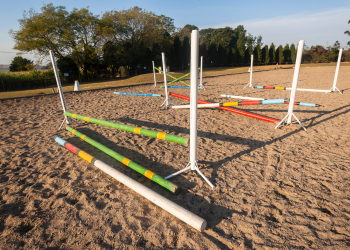
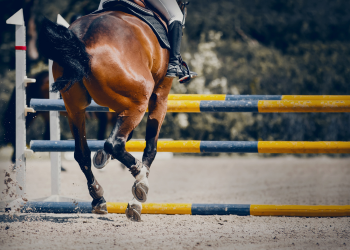
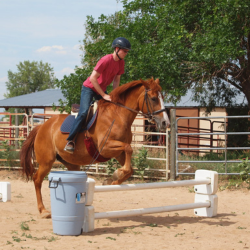
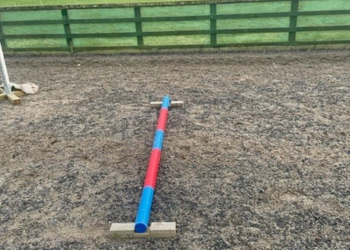
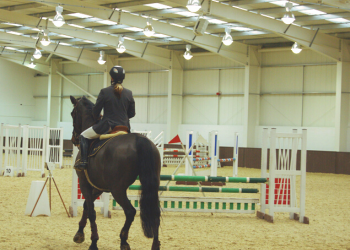
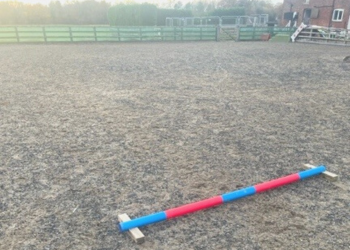
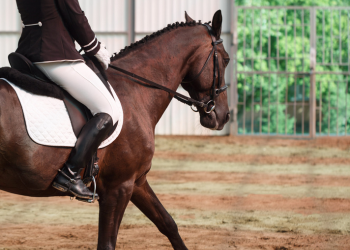

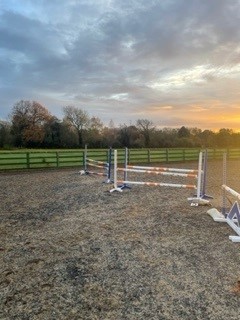
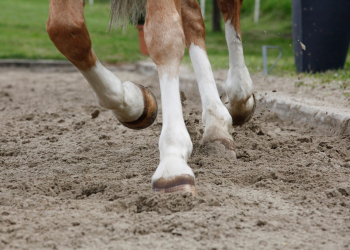
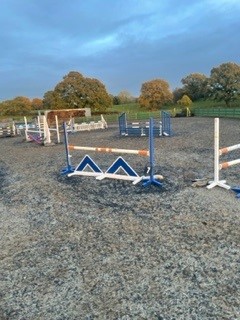
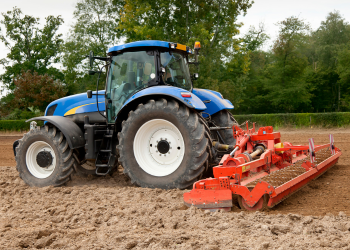

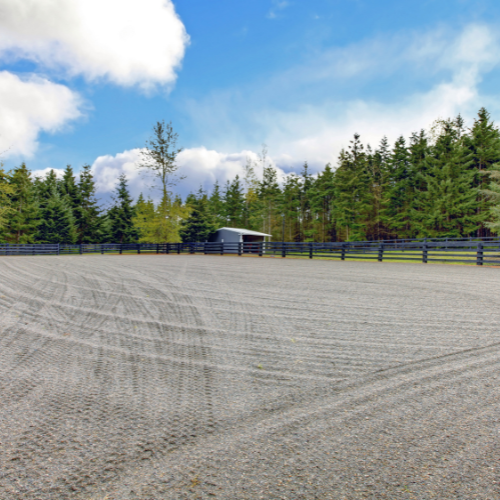

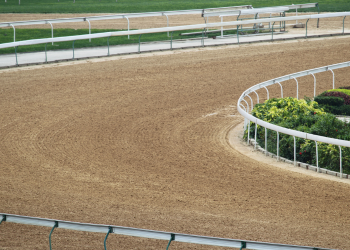
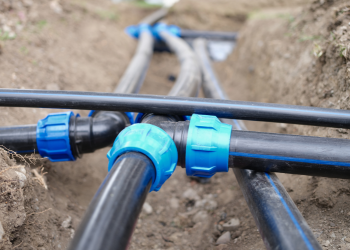
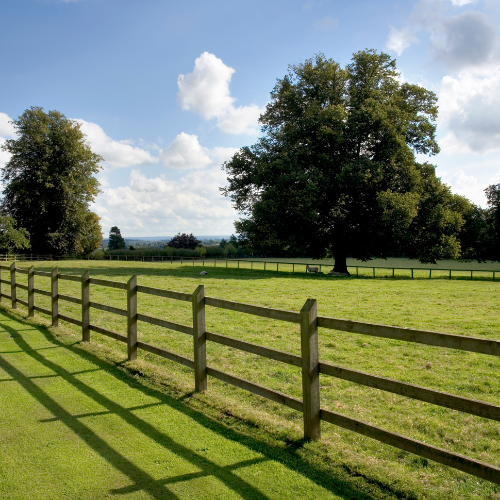
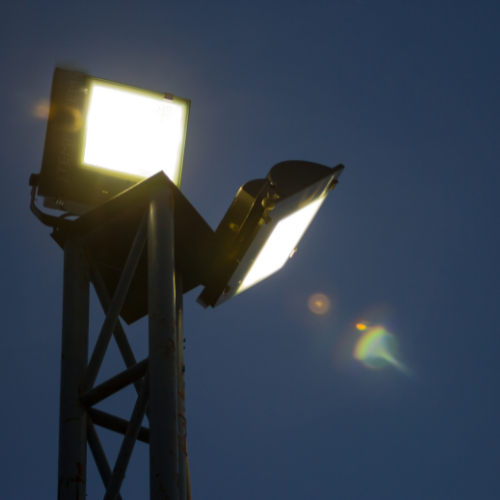
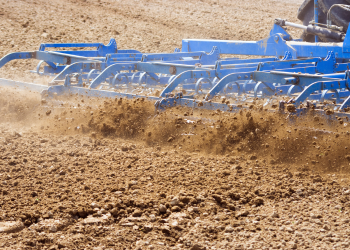
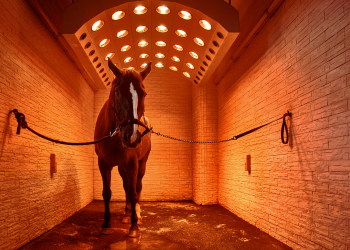


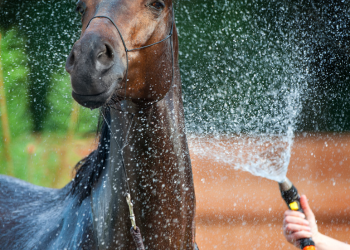
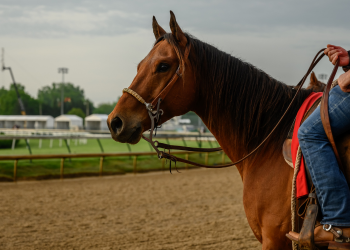
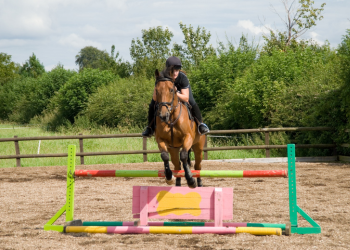
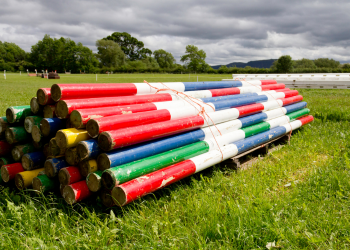
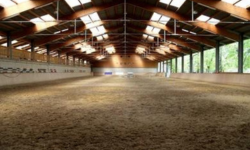
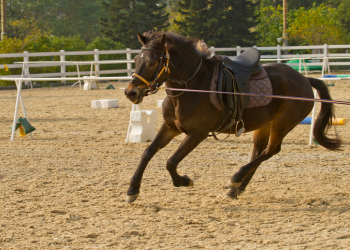
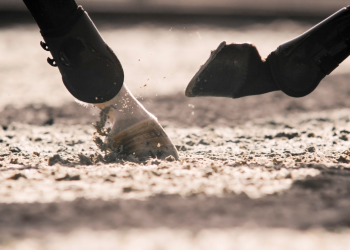
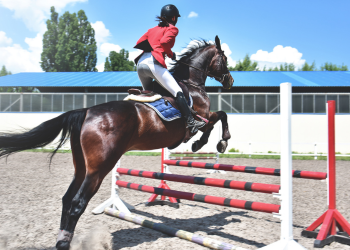
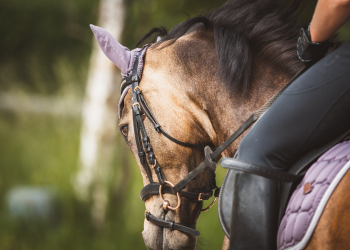
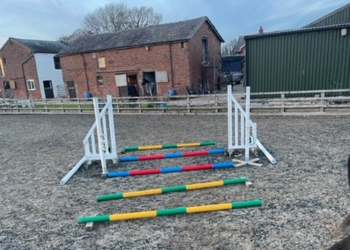

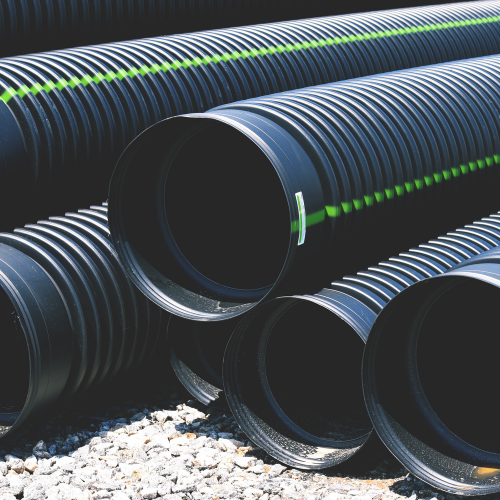
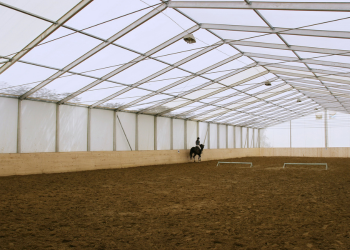
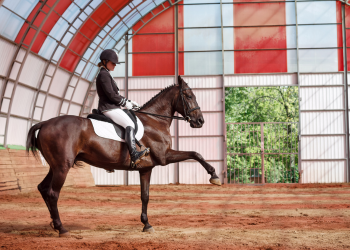
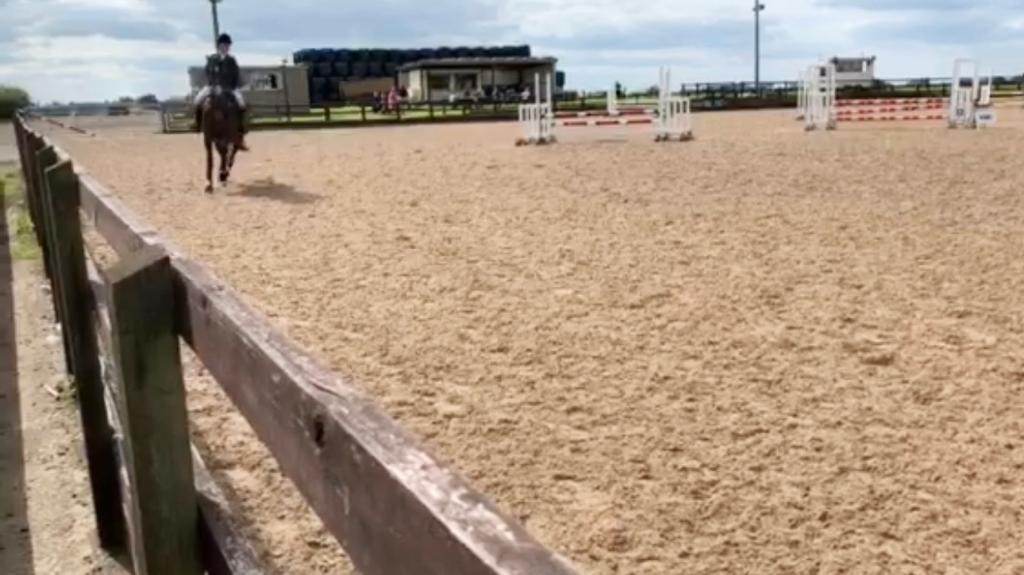
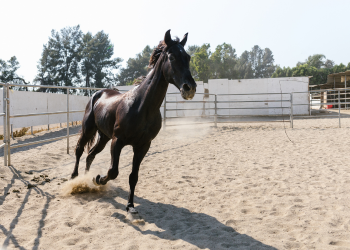
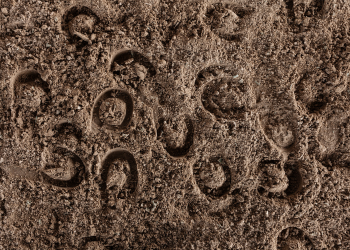

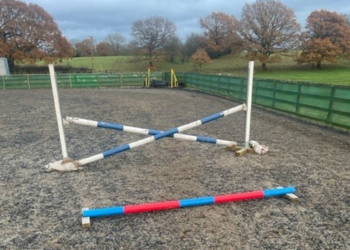

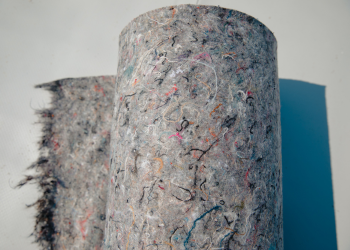
We Aim To Reply To All Enquiries With-in 24-Hours